Optimal Timing for Annual Prunings
Annual prunings are essential for maintaining plant health, promoting growth, and ensuring optimal fruit or flower production. Timing is critical to maximize benefits and minimize stress on plants. Proper scheduling depends on plant type, local climate, and specific growth cycles.
Performed before new growth begins, typically in late winter or early spring, to stimulate vigorous growth and improve structure.
Carried out during the warm months to remove dead or overgrown branches and encourage better airflow and sunlight penetration.
Usually done after harvest, in late autumn, to prepare plants for dormancy and reduce disease risk.
Ideal for dormant plants, particularly in colder regions, to shape and rejuvenate without disrupting active growth.
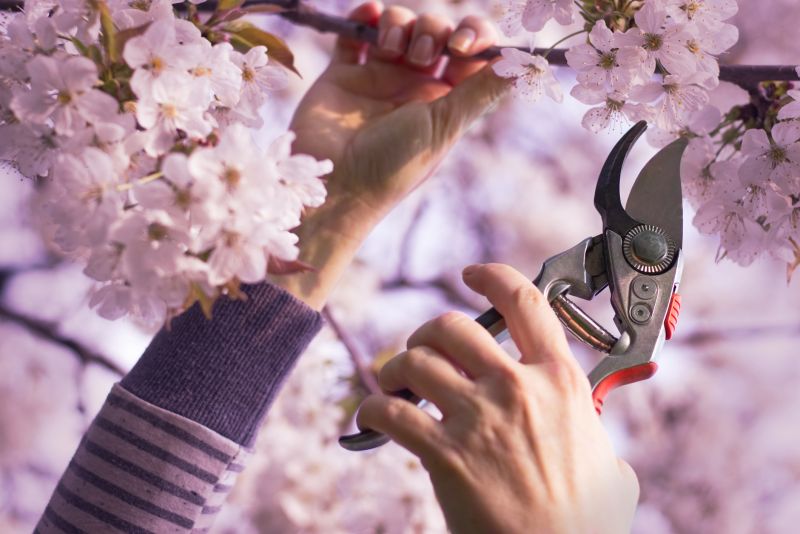
Pruning just before bud break encourages healthy growth.
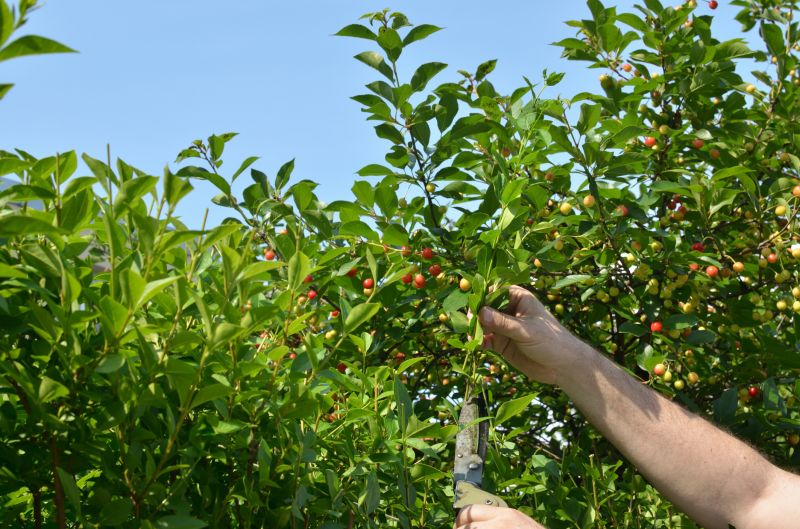
Focuses on thinning and shaping to improve plant health.
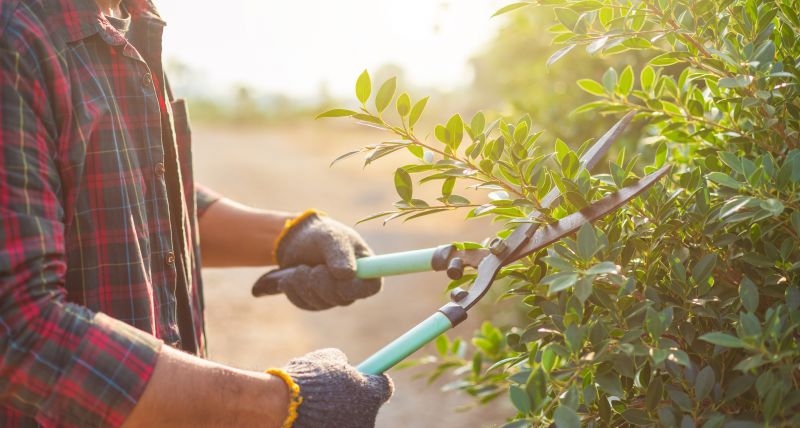
Tools used to cleanly cut and remove deadwood.
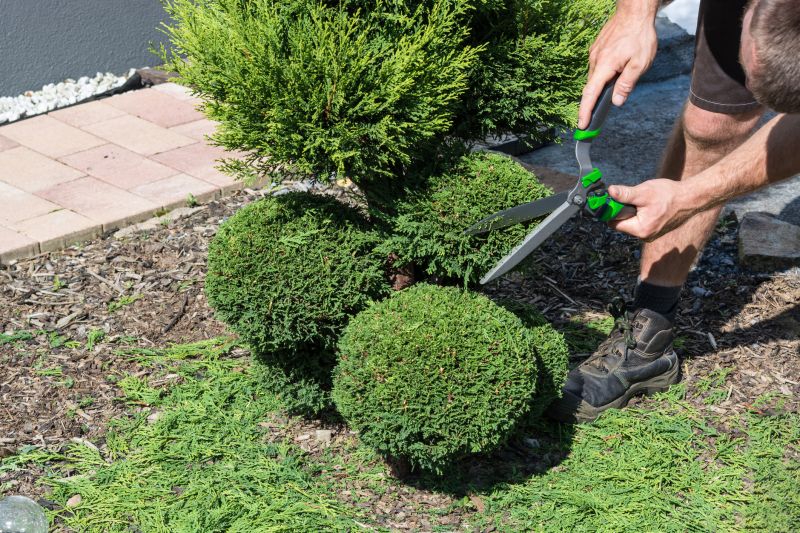
Ways to make Annual Prunings work in tight or awkward layouts.
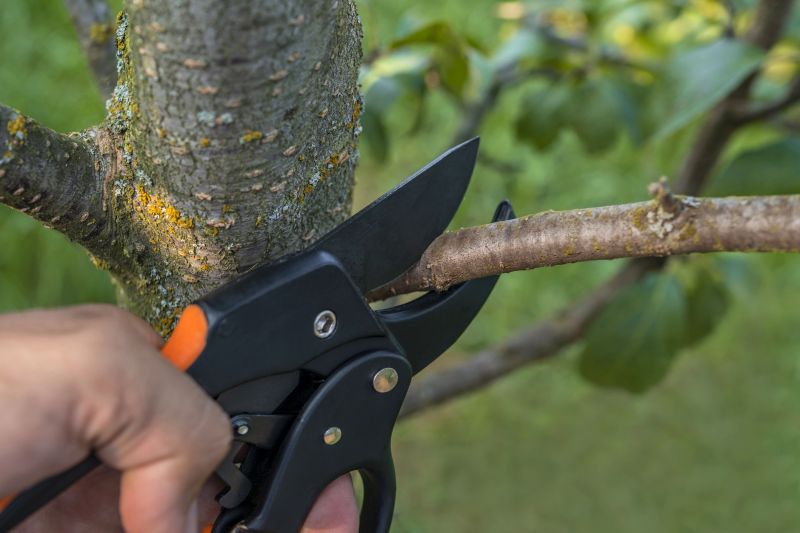
Popular materials for Annual Prunings and why they hold up over time.
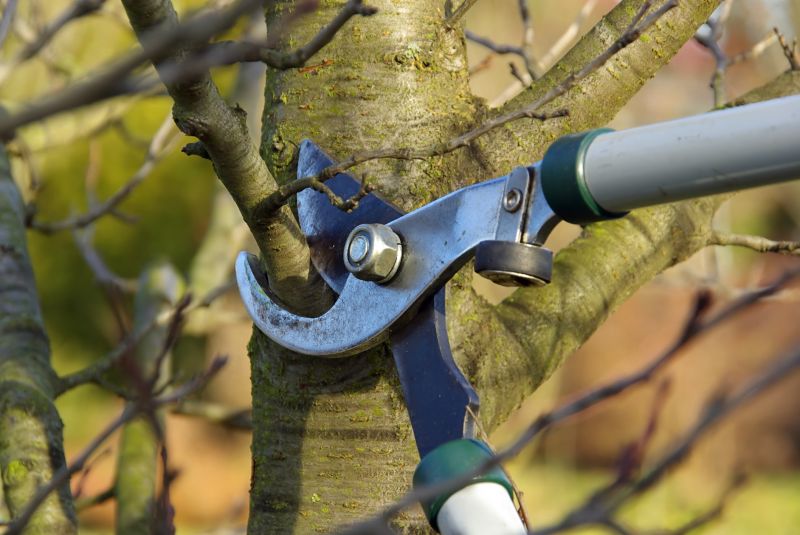
Simple add-ons that improve Annual Prunings without blowing the budget.
| Season | Ideal Timing |
|---|---|
| Spring | Late winter to early spring before new growth |
| Summer | Mid to late summer during active growth |
| Fall | After harvest, late autumn |
| Winter | Dormant period, late winter in colder climates |
| Post-Bloom | Immediately after flowering |
Understanding the optimal timing for annual prunings ensures plants remain healthy and productive. Proper pruning techniques during the appropriate seasons support the development of strong branches, improve air circulation, and reduce disease susceptibility. The best time varies depending on plant species and regional climate conditions, making tailored timing essential for effective pruning.
